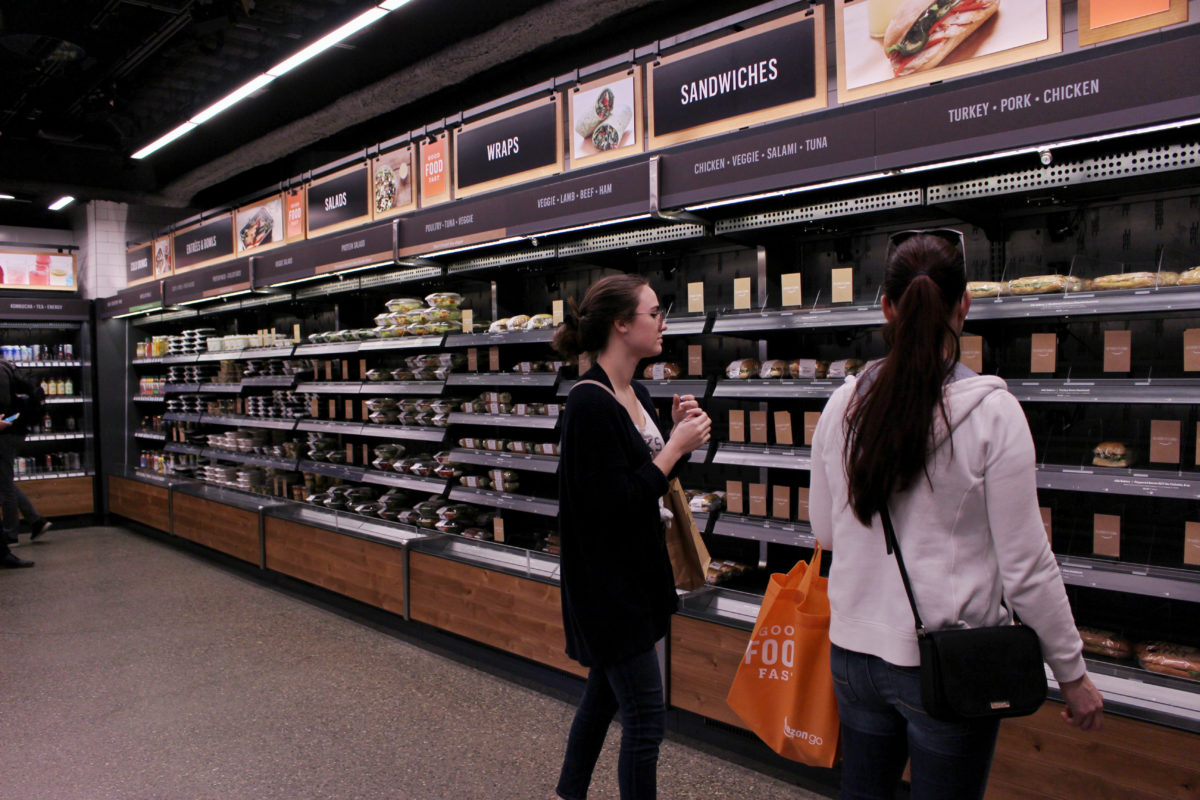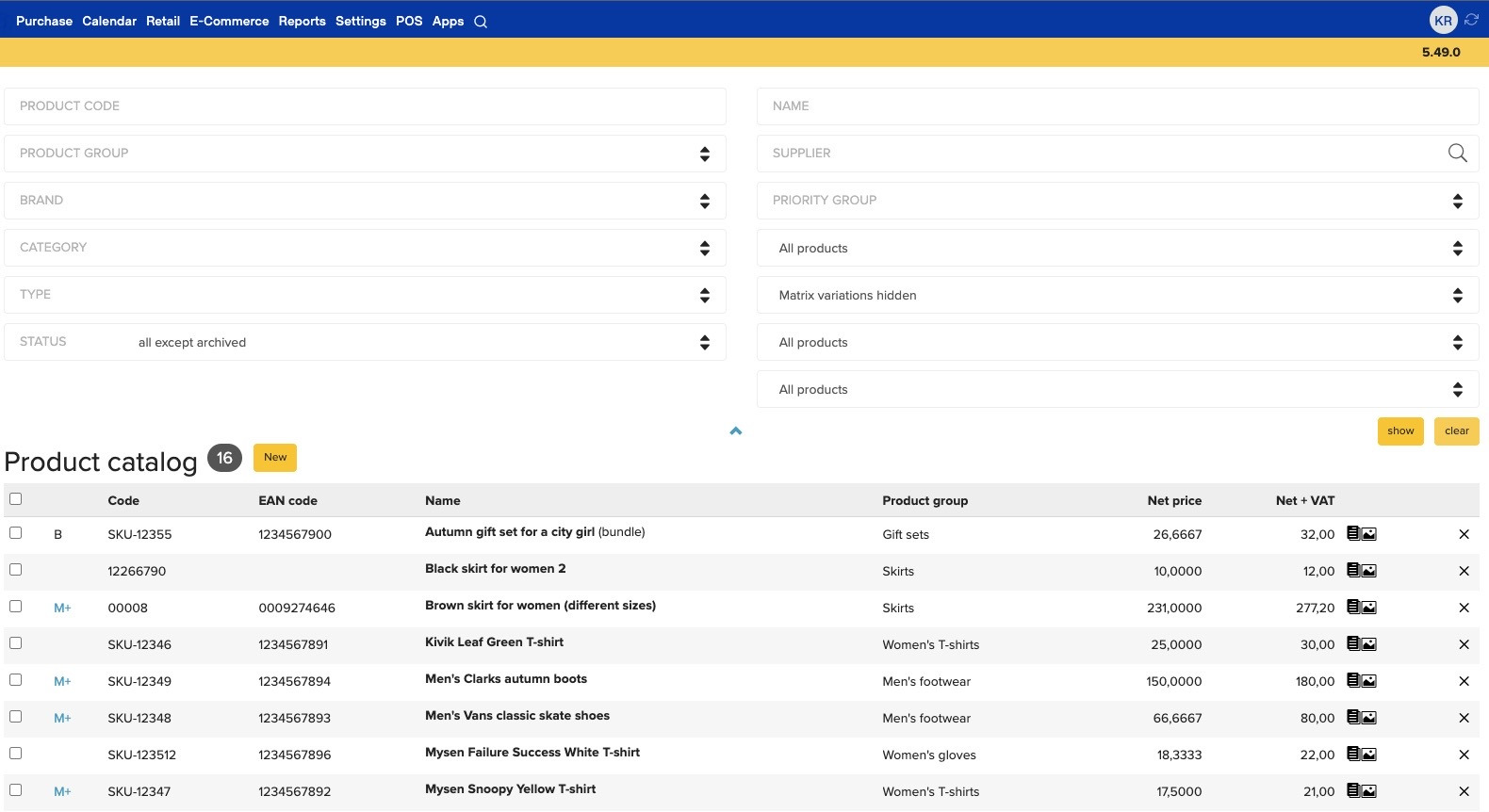Is the Future Without Checkouts?
Amazon opened its Amazon Go store, where cameras and sensors identify what each customer places in their cart in Seattle in 2016. The customer scans an individual QR-code and can start shopping. The program will automatically tally up the customer’s purchases when they leave the store and add the bill to their Amazon account. It’s exactly as the company promises – No lines. No Checkout. (No, seriously.) Amazon plans to open 3,000 similar convenience stores across the US by 2021.

Whether there will actually be that many stores and what the final format of the stores will be is yet to be determined. But it’s pretty clear that Subway and 7-Eleven are getting a serious competitor.
Amazon isn’t the only one experimenting with no-checkout stores. Zippini’s service is relatively similar to Amazon Go and the company’s first test store opened in August 2018.
Standard Market, that also has no carts and no checkouts, takes it a step further. You enter the store, put the desired items in your bag and pay with your card at the exit. Or if you’ve bothered to download the app, you don’t even need to do that as the purchase price will be automatically added to your phone bill. The store’s shelves don’t have weight, volume or movement detectors; instead of a self-learning AI-based system monitors and analyses the location and movement of each buyer using 27 cameras.
Standard Cognition – the company behind the Standard Market concept – opened its first store in San Francisco in September 2018 to put the app to the test. To speed up development, Standard Cognition purchased Explorer.ai, a company working on computer vision for driverless cars, in early 2019. It doesn’t matter whether you’re tracking pedestrians in traffic or buyers in a store; either way, you need a solution that can pinpoint a person’s location with extreme accuracy.
The company doesn’t intend to enter the retail market and instead strives to be a partner for retail chains. According to co-founder Jordan Fisher, merchants are showing a lot of interest in their solution. Around three hundred individual retailers contacted Standard Cognition in 2018, asking the company to set up the system in their stores.
The tech should also help increase sales as the system informs the retailer whenever a shelf is running empty. The system also frees up space that would otherwise be taken up by checkouts but can now be used to display more items.
Since the system also stores the customer’s purchase history and habits, it’s ideal for creating personal offers. What is more, the tech combats shoplifting by noticing suspicious behavior that might lead to theft.
Competition in the industry is tight with several companies like AiFi and Aipoly operating just in San Francisco. Tel Aviv’s Trigo Vision issued a release in November 2018, stating that their no-checkout technology operates so well that they’ve just signed a deal with Israel’s largest store chain Shufersal that will set the company’s no-checkout system up in three hundred of their stores.
Self-service checkouts began rapidly spreading across the globe in 2016–2018, with new countries, store chains and pilot projects constantly jumping on board. However, if we look at what Amazon and Standard Cognition are doing, the future might not be reserved for traditional self-service checkouts. It’s becoming increasingly more likely that no-checkout store technology will develop so rapidly that many will adopt it instead, skipping the self-service checkout step altogether.
Granted, no-checkout systems are still in their infancy and come at a hefty price, but because of its similarity to driverless car technology, the solutions will quickly jump from the auto industry into retail.
Whatever the case, Amazon, Standard Cognition and Zippini employees are very optimistic, claiming that the breakthrough can be compared to the birth of e-commerce. They envision that in a decade, no-checkout stores will be the norm.
Independent experts, however, are a bit more reserved in their forecasts. Millennium Project’s CEO Jerome Glenn compares the systems to the history of the Internet – although the protocol was there in the 1960s, it only began spreading in the 1990s.
It’s also likely that even though no-checkout stores will spread, standard stores where you have to queue at checkout aren’t going anywhere. After all, a queue means that the store is top par. Also, the queue might very well be one of the few places in the future, where we still experience human-to-human communication.
If you’re looking for a reliable and impeccable self-checkout POS contact us at help@erply.com or by calling +1 917 210 1251.






